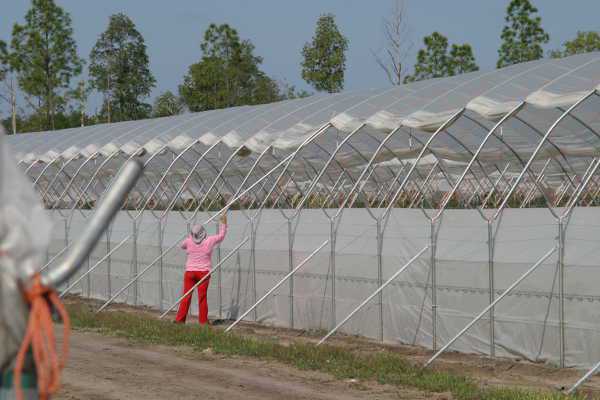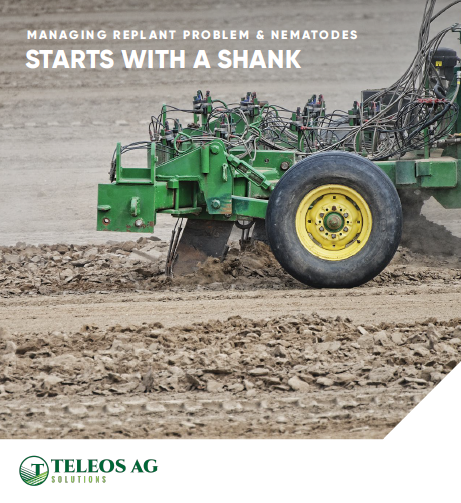Save Your Greenhouse Structures From Storms
Another storm season is upon us. Frequent heavy rain, wind, and lightning will be the norm for many of us nearly every afternoon for the next six months. Ho hum. Been there, done that. Yeah, but will Florida see a hurricane this year? The initial forecasts are out and the odds are against the Sunshine State, the Gulf Coast, and even the rest of the Eastern Seaboard from receiving that feared tropical punch.
Of course, you don’t necessarily need a storm to be formally named to cause significant damage and change the course of history for your farming operation. This case in point especially for growers managing protected agriculture structures on their property.
During the current decade-long drought of a major hurricane strike on Florida, growers of all kinds have increased investment in greenhouses, shadehouses, and tunnels to supplement their existing operation. Though greenhouses and tunnels don’t necessarily have a target painted on them for storms to aim for, thoughts immediately should go to these specialized buildings designed to protect some of your main assets when the radar lights up.
According to North Carolina Cooperative Extension, there are steps greenhouse growers can take to help minimize damage during and after a storm.
- The decision to remove or not remove greenhouse plastic depends on the strength of the frame and the predicted strength, direction, and duration of winds (watch the forecast). If the power goes out during and/or after the storm, the greenhouse could lose its inflation, which will cause problems for keeping the plastic on. Keep a back-up generator on hand.
- Fill five-gallon buckets and other containers with water prior to the storm. It will be needed to water transplants in the greenhouse if you are on a well and have lost power.
- Mulch as many bare rows as possible before the storm. Mulch will help prevent erosion, wind damage, and also will minimize soil splashing into the crop canopy, which can spread disease. Also mulch row middles on sloping ground where runoff is likely to track.
- Don’t leave picking crates, drip tape, or irrigation pipes loose where they can become projectiles in high winds or get washed away.
- Stock up on fuel for generators and other needed equipment.
- Secure cold frames by using a hook and eye clasp or cinder blocks to secure them.
- Pick crops such as tomatoes and melons that are ready because they will split after heavy rains.
- Ventilate the greenhouse as soon as possible after the storm has passed.
4 Strikes And You’re Out
The 2004 hurricane season won’t soon be forgotten in Florida. Four major hurricanes struck within weeks of each other causing extensive damage and devastation for residents and growers alike. According to a UF/IFAS EDIS report on the effects of the 2004 hurricane season on greenhouse vegetable production in Florida, 80% of the greenhouse vegetable producers suffered some type of damage (crop, structural, and/or secondary) as a result of Charley, Frances, Ivan, and Jeanne.
Total crop loss and damage to greenhouse vegetables was estimated to be more than $1.3 million. Some type of greenhouse structural damage was reported by 75% of the growers. Half had loss of roof materials, 30% had loss of side walls or curtains, and 25% of the growers suffered loss of the entire house (see chart). Total structural damage was estimated at more than $2.6 million.
The amount of equipment damage reported was less than in other areas of loss. Only 10% of growers lost tools such as media, pots, or drip line.
Secondary damages affected 50% of the growers. This was damage caused by disease (such as fusarium, gummy stem blight, angular leaf spot, and sclerotinia), which affected 20% of the growers.
Moths affected 10% of the growers while other damages, including power loss, down time, and an unavailable market affected 20%.











